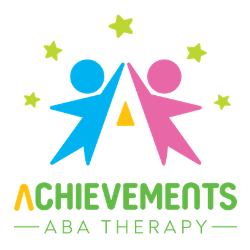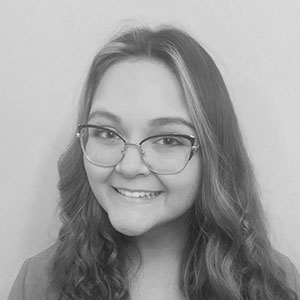What is a Behavior Support Plan?
After conducting a Functional Behavior Assessment, your BCBA will be able to understand the function of your child’s behavior, together we will create a behavior support plan which summarizes three main components of our program.
a. Prevention Strategies
Preventing Problem Behavior (ways to help us prevent disruptive behavior from happening)
b. Teaching Alternative Skills
We already learned about the four functions of behavior. Our goal is to teach your child more appropriate ways to attain the desired reward or response.
Let’s break this down by each function of behavior.
1. Escape Function
Many times, children tantrum or show physical or verbal aggression to achieve the escape function of the behavior. Another common behavior with the escape function is the refusal to complete a task. When developing a behavior plan, our focus is to teach your child a more appropriate way to achieve this goal. We teach your child to ask for a break or to ask for help. Another skill that we sometimes target is teaching your child to negotiate more time. If your child is constantly tantruming during math homework, a may suggest simplifying your child’s homework or breaking down the task. Lastly, a common skill that we focus on when working on replacement behaviors for the escape function is learning to deal with mistakes. We teach your child the skills necessary to try when it’s hard and how to deal with mistakes.
2. Attention Function
Teasing, disruptive noises, and inappropriate jokes or comments are common misbehaviors that are rooted in the attention function. We focus on teaching your child the target skills or initiating communication or play to work on decreasing these misbehaviors. Other common target skills include initiating play and joining in communication or play. Many times, when children master these target skills, teasing and inappropriate jokes disappear from their repertoire. They are finally able to attain the attention they desire without the need to act inappropriately. Other target skills include asking for help or asking to tell something to others.
3. Self Stimulation/Sensory Function
Rocking, twirling, hand biting, and hand flopping are all behavior that stems from the sensory function. We try to work on teaching your child to perform the self-stimulatory behavior in a less disruptive way. Your BCBA will also work on coming up with a plan to teach alternative ways to relax or self-soothe.
4. Access to Tangible Function
Tantrums for a toy or privilege is an example of disruptive behavior with access to tangible function. Another example is when a child refuses to cooperate with anything until the desired object is given. We work on teaching the replacement behavior of accepting no for an answer. Another replacement behavior includes learning to wait and negotiating skills.
Sometimes behavior can come from displaced anger. The child can engage in verbal or physical directed at the wrong person or refuse to cooperate with any instructions. Target replacement behaviors include identifying common sources of anger and learning to state your feelings instead of acting them out. Another important replacement behavior includes recognizing emotions, telling someone to stop, ignoring a person that is bothering you, or telling authority.
c. How to respond when your child engages in the target behavior.
Your BCBA will custom tailor a plan for your child and train you on how to respond when your child engages in the target behavior for decrease. The BCBA will teach you how to teach and reinforce the replacement behaviors that we are working on.



















